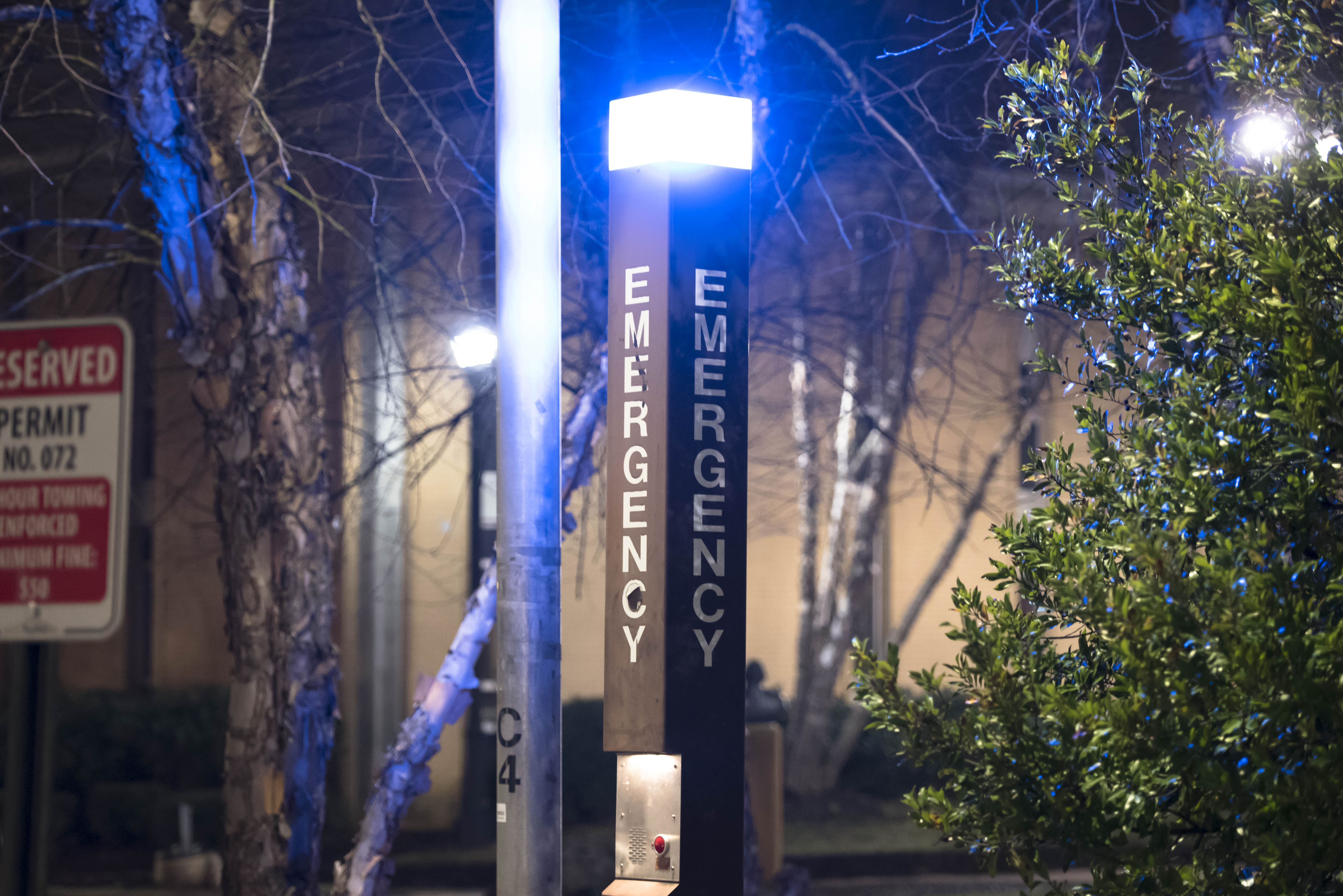Kennesaw State should make it a priority to provide clear communication and guidelines on what to do during emergencies in order to keep the cooperation between students and emergency personnel as efficient as possible.
On Feb. 14, 2018, a gunman entered a Florida high school and took the lives of 17 people. He entered the campus, paraded through the halls and murdered defenseless and vulnerable people. He was later apprehended by law enforcement and will answer for his despicable crimes.
Although KSU’s Office of Emergency Management has information on how to respond to active shooters, many students are unaware of these available resources. Professors should take the time to speak about the resources provided by the OEM, such as the Emergency Operations Plan.
According to an article by the FBI Law Enforcement Bulletin, the most common location of an active shooter incident is a business at 40 percent, followed by schools — including K-12 and higher education institutions — at 29 percent.
According to their website, OEM conducts “full-scale exercises on one of the KSU campuses” every two years. Similarly to staging monthly fire drills in K-12 schools, colleges should conduct these drills regularly, even monthly, and include both students and faculty. By practicing active shooter responses, students will be more equipped with tools to survive.
The best way to stop an active shooter event in its tracks is to prevent it from happening in the first place. If you or someone you know is considering harming themselves or others, seek help and do not remain silent.
Students with concerns should contact KSU Police, or reach out to Counseling and Psychological Services. If students feel comfortable doing so, they should offer to go along to CPS with their peer so they do not feel as isolated. CPS offers walk-in appointments and resources completely free.
In the event of an active shooter, OEM recommends to remain calm and evacuate as quickly as possible. Avoid task fixation on things that don’t matter, such as collecting personal belongings. The Department of Homeland Security suggests knowing where at least two exits are in any facility you visit.
If you cannot escape, your next best option is to hide. If at all possible, try to hide in places that provide protection from gunfire and detection by the aggressor. DHS also suggests that your hiding place should not trap you or restrict your movement.
Lt. Col. Grossman argues in his book, “On Combat,” that while every person has individual fears, human interpersonal violence is a universal phobia. Every rational human being has a visceral reaction to it.
Violence shocks our sensibilities, grieves us and leaves us reeling in the aftermath. But this does not mean that when faced with it, we must succumb to it helplessly. If KSU takes the time to educate students, consider worst-case scenarios and individuals equip themselves with the necessary information, we stand a much greater chance of surviving.




